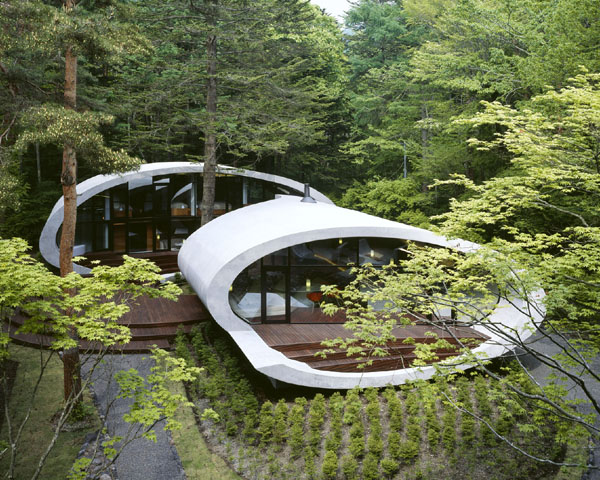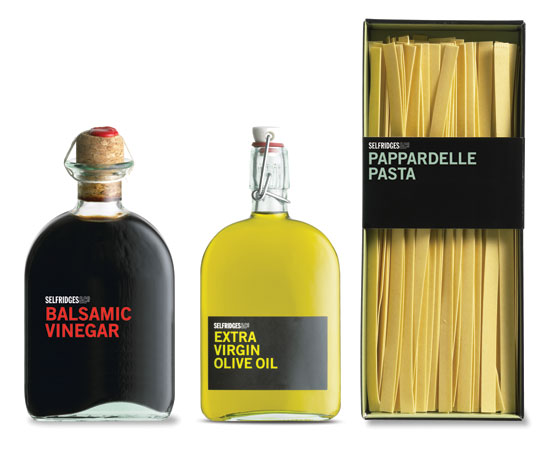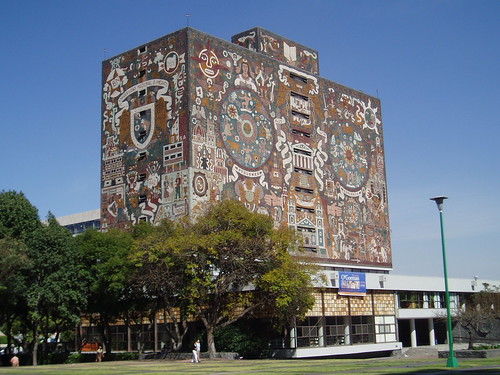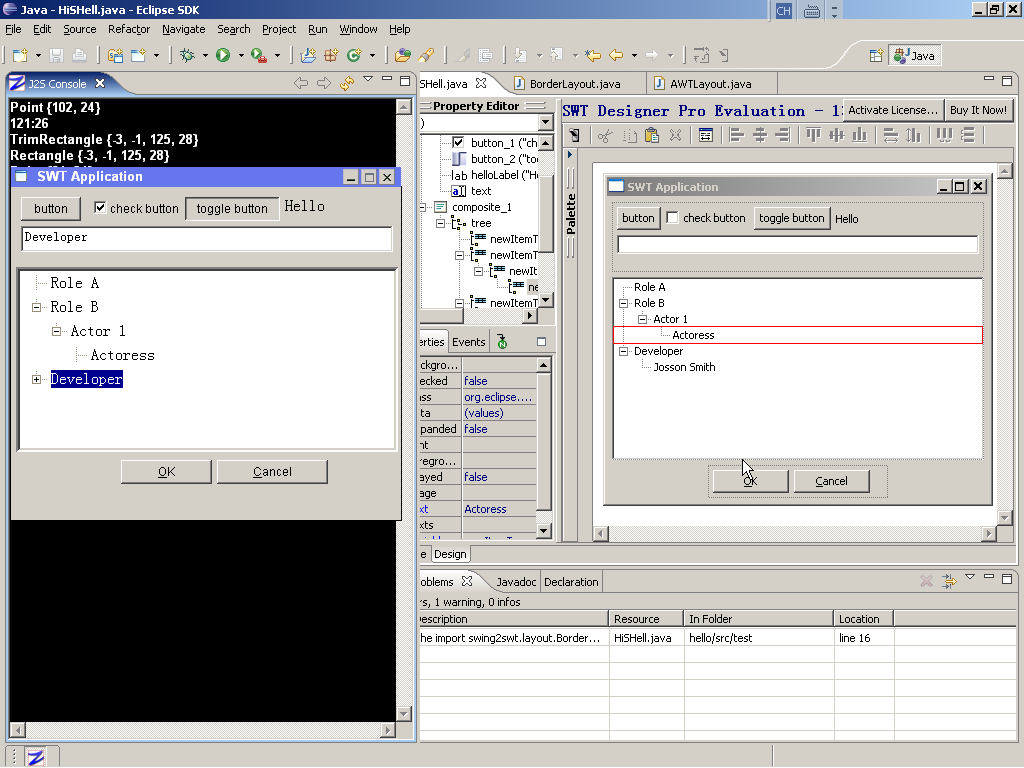This is a continuation of my previous post which articulates the different kinds of design I like. In this post, I will focus on Consumer electronics design, which has always been a strong field for design, as consumers in the present day where good design can sell. In this post, I will showcase different products and I will attempt to articulate why I like these designs.
1. iPad Mini
I personally find the iPad mini much more attractive than the standard 10 inch iPad. For instance, this iPad comes with very little bezel around its screen and it comes with a beautiful aluminum unibody chassis. This comes together in a very attractive and slim package that will function very well as an ultra portable tablet. However, I must point out the several practical flaws of the iPad mini. First of all, the aluminum chassis makes the iPad mini extremely slippery; holding it doesn't feel secure - it does not provide enough of a grip especially as the tablet uses an unconventional 4:3 aspect ratio, giving a slight disadvantage to people with smaller hands. Speaking of the 4:3 ratio, oftentimes movies and media files in widescreen format oftentimes induce black bars on the iPad, thus eliminating some of the benefits of utilizing the extra screen estate. Even still, the iPad mini is fulfills its intended purpose just fine and offers great aesthetics on top of it. These two key elements work to create a "good" design.

The iPad mini and Apple products in general encapsulate many of the modern aesthetic sense; simple, clean and monochromatic colors help establish elegance and functionality. To this end, Apple is often considered as one of the tech industry's best designers, having started this trend towards what I coin "beautiful simplicity".
2. Corsair Vengeance K70 & K95 mechanical keyboard
These keyboards represents a good fusion between design and functionality. First, from an functional perspective, these are also some of the better keyboards on the market. These keyboards are mechanical keyboards which mean they utilize actual physical switches to register key presses rather than using electrical impulses to transmit this information. This has two huge advantages; first of all, these keyboards doesn't require a-lot of actuation force in order to register key presses. These keyboards utilize the Cherry MX Red switches, which means they require low actuation force but have less tacile feedback. Even so, typing on these keyboards feel far more satisfying than membrane style keyboards because of the satisfying experience of bottoming out on these keyboards - I can feel some of the key presses on these keyboards due to this. Another advantage is the sheer lifespan of these keyboards; these keyboards are rated up to 50 million key presses, while membrane keyboards typically offer 15 million key presses before they wear out. Being mechanical, the keys on this keyboard are taller than membrane keyboards are. So, the company (Corsair) designed this keyboard to expose the area underneath this keyboard to allow for two things; to allow for easy cleaning after removing key-caps and the unique aesthetic back light created by the exposed keys. Combing this with a solid brushed aluminum and soft touch wrist rest, these keyboard provide an extremely premium typing experience. This is what I consider to be an ideal fusion of function and aesthetics.

3. The Nvidia Geforce GTX 690/780/Titan
The pixels we see on our computer monitors are driven by GPUs, which utilizes a parallel computing architecture to process a series of images and displays them to our screen. The biggest GPU manufacturer, Nvidia produced three graphics cards geared for the Desktop PC Gaming/Professional crowd. These cards are the highest performing consumer cards on the market right now, and their design is simply one of the most amazing I've ever witnessed in a consumer graphics card. These cards have both function and design, though there is more design than function in play here. These cards are made of premium materials, featuring aluminum and poly carbonate coatings and laser etchings to provide a very classy look. The led with bright Geforce GTX etched onto the top, it is clear to gamers and professionals whose brand this is and which class of computing power these have. Very much like the two products before it, there is a great emphasis on white/gray as the color of choice because it represents something immaculate and pristine, giving it a touch of class.

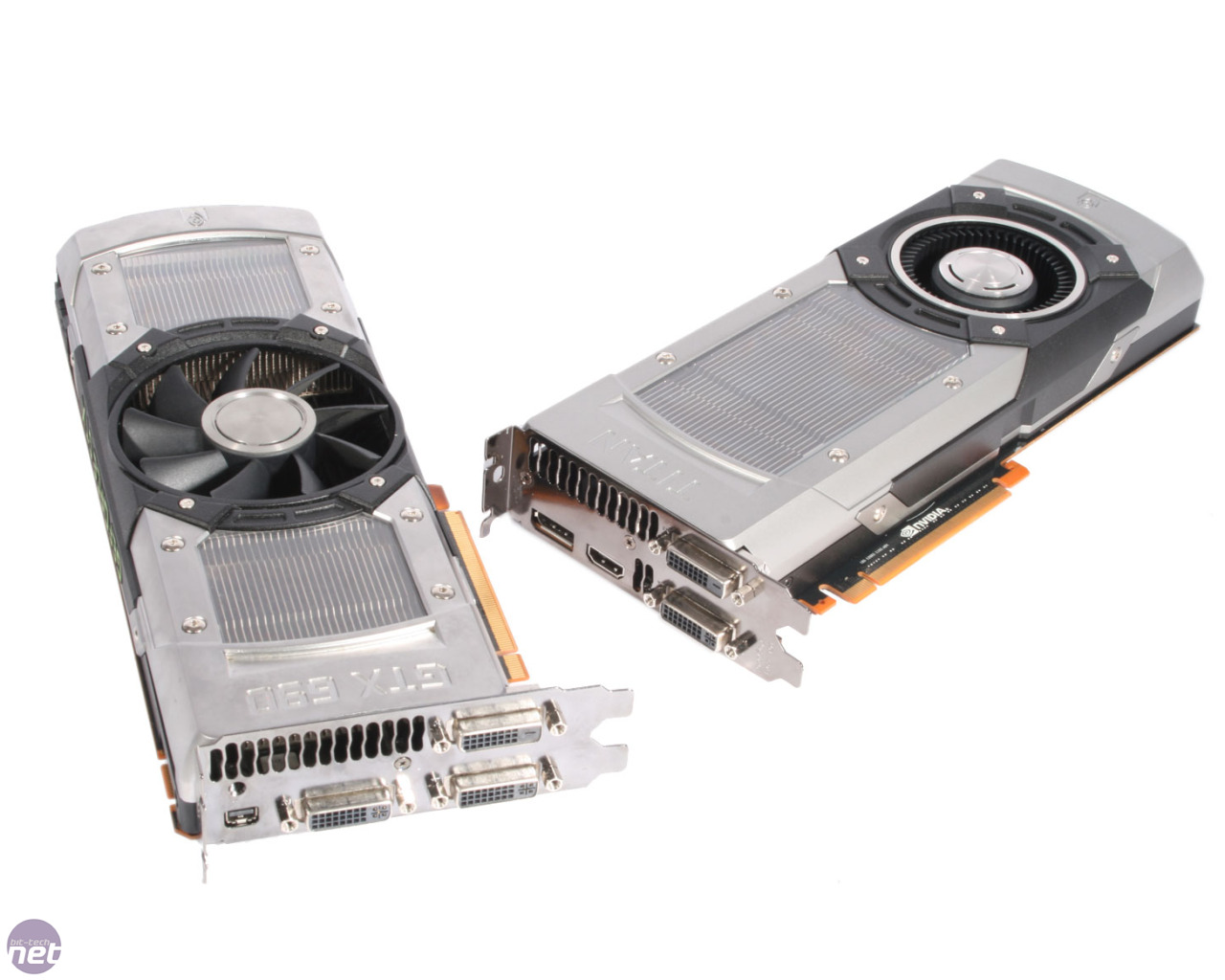
4. Rhombus vs Rectangles
This isn't really a tech product, but more of the issue of shape. None other describes free-flowing design more than The upcoming PlayStation 4 and the Xbox One gaming consoles. I am personally heavily favored towards the PlayStation 4 design because of the edgy look of the console; it doesn't have the boring rectangle box of the Xbox One and it is offered in a slightly shorter (but longer) profile than the Xbox One. Not only that, but the Slot loading Blu Ray Drive and USB 3.0 ports on the PlayStation 4 are hidden from sight without it's two wedges, to not obstruct too much from the frontal facade. Likewise, the vents on the back is an example of intelligent integration, giving the PS4 a much streamlined look than the Xbox One, which has air vents across the top and bottom of the console. But, mostly, nothing says bad design like an old fashioned "Rectangular DVR". However, to Microsoft's credit, the device does utilize a modernist black theme with angular air vents to distinguish itself a bit further. It also scores extra points for having a very consistent design with the Kinect sensor included with the console. To some extent, the Xbox One keeps general design principles, but the rectangular shape of the console is not original.
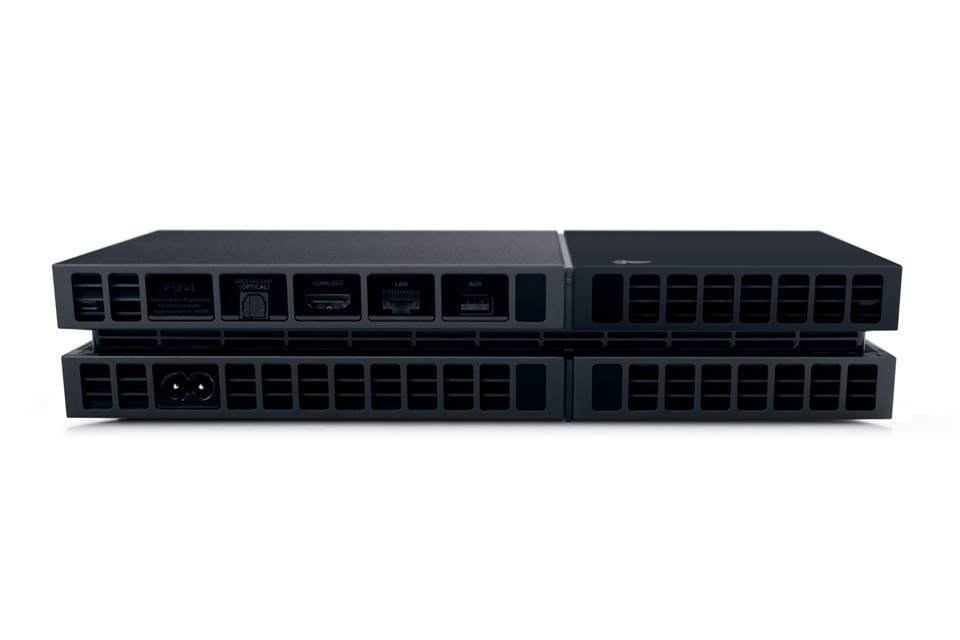 |
| Clever Air vents provides unique aesthetic and functional design |
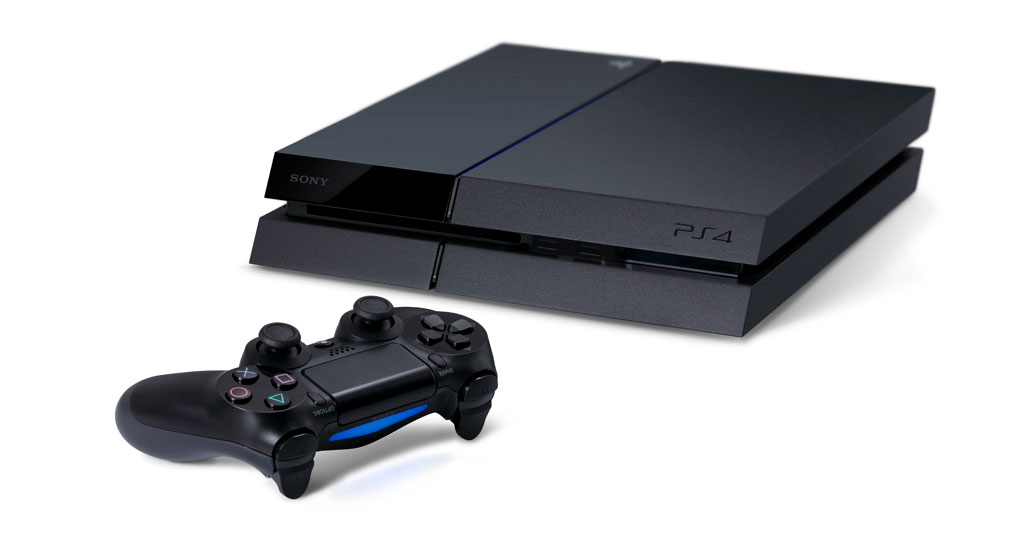 |
| Rhombus design |
 |
| Rectangular Design |
 |
| Those Air vents are all over the place and a USB port on the side |



